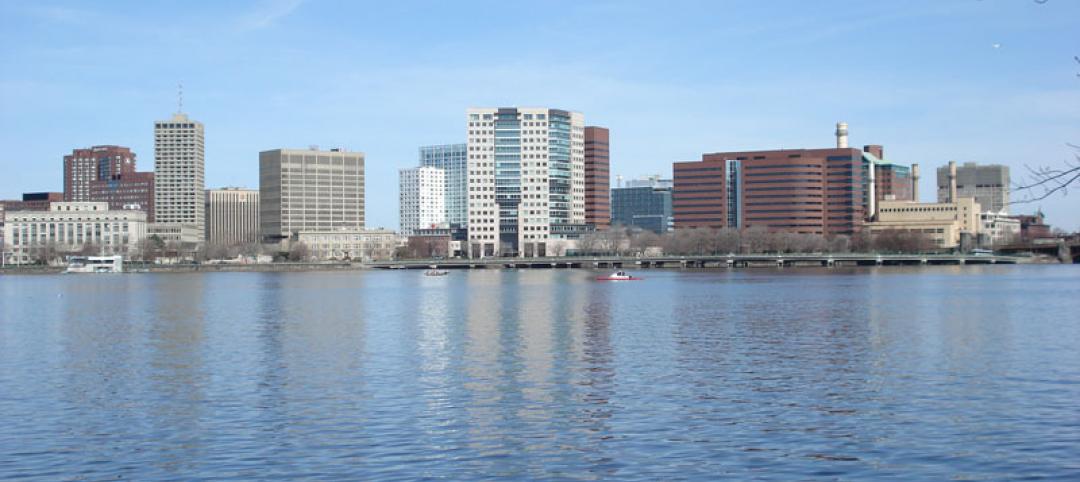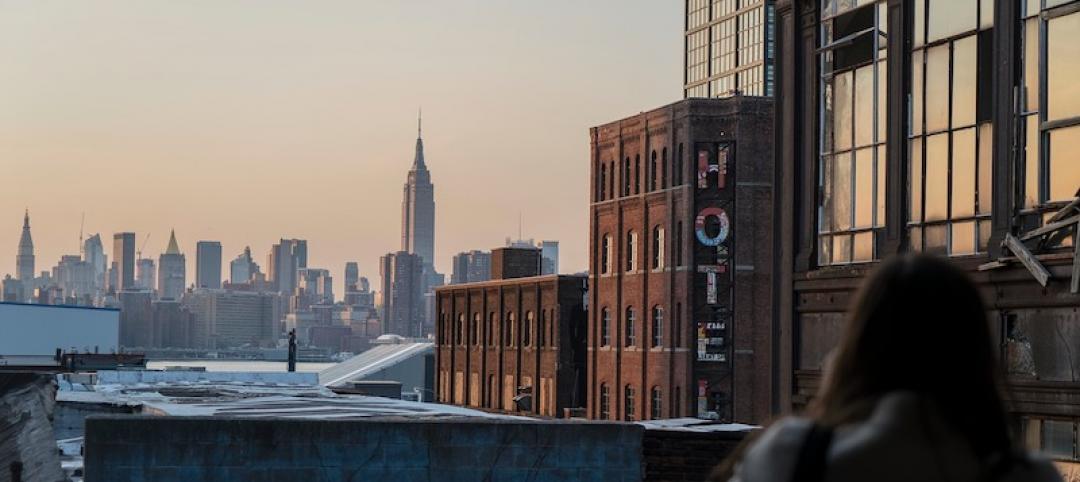Two bills in the Maryland House of Representatives that would restrict the use of wood-frame construction are getting harsh criticism from the timber industry and the design and construction community.
Maryland House Bill 1311 would prohibit a multifamily dwelling from being constructed using wood-frame construction in communities exceeding a specified population density. A similar bill has been introduced in Maryland’s Senate.
American Wood Council (AWC) Northeast Regional Manager Matt Hunter, and representatives from building owners, architecture, development, and engineering, all testified against the bill.
“These bills would circumvent the extensive effort architects, engineers, and building code officials put into the process to regularly update the national model building codes,” Hunter said. “The construction requirements of the model codes are developed by the International Code Council, and approved by building and fire officials from all over the country in a consensus process. Subsequently, Maryland adopts these model codes and requires each jurisdiction to use this building code.”
“The code establishes requirements such that all buildings have similar safety performance regardless of the materials from which they are constructed,” he continued. “There needs to be a realization that fires occur in buildings of all construction types and materials, and all buildings are affected by fire. In most instances it is the furnishings and contents brought into buildings that cause fires, so targeting wood construction in multi-family buildings is not going to improve occupant or firefighter life safety.”
Related Stories
Codes and Standards | Nov 21, 2019
Number of LEED commercial building projects surpasses 100,000
More than 2.6 million sf of space being certified each day.
Codes and Standards | Nov 19, 2019
Most U.S. voters support licensing standards for architects
NCARB survey shows strong support for architecture as a licensed profession.
Codes and Standards | Nov 18, 2019
Cambridge, Mass., teams up with utility on energy retrofit program
Buildings large than 25,000 sf targeted in initiative to further carbon neutrality goal.
Codes and Standards | Nov 14, 2019
Resistance to Toronto’s ‘smart city’ reveals pitfalls of such ambitious projects
Concerns over data privacy, governance, feasibility prompt criticism.
Codes and Standards | Nov 13, 2019
Heat pumps, strategic energy management could be next major focuses for efficiency
After lighting, efficiency experts look to new opportunities to boost energy efficiency.
Codes and Standards | Nov 12, 2019
National Infrastructure Performance Council to address ‘national security crisis’
Coalition wants to double annual level of infrastructure investment.
Codes and Standards | Nov 11, 2019
Major cities are adopting new building performance standards
Initiatives can include multiple standards.
Codes and Standards | Nov 11, 2019
U.S. hotel construction pipeline continues its year-over-year growth
In its eighth consecutive quarter of growth, projects currently under construction stand at 1,729 projects/235,278 rooms.
Codes and Standards | Nov 11, 2019
New retrofit design guide for metal roofing published
Metal Construction Association document provides best practices for re-roofing with metal.
Codes and Standards | Nov 8, 2019
New York City among the top hotel construction pipelines in the United States
Hotels presently under construction are at 102 projects/17,504 rooms.

















